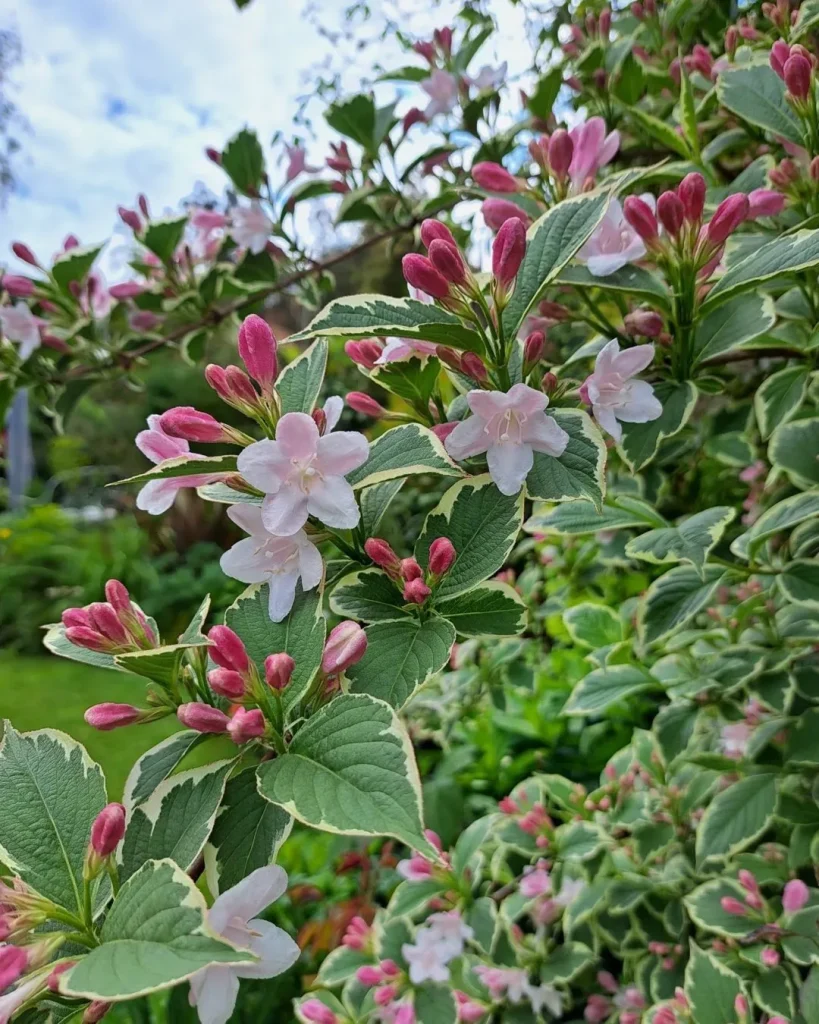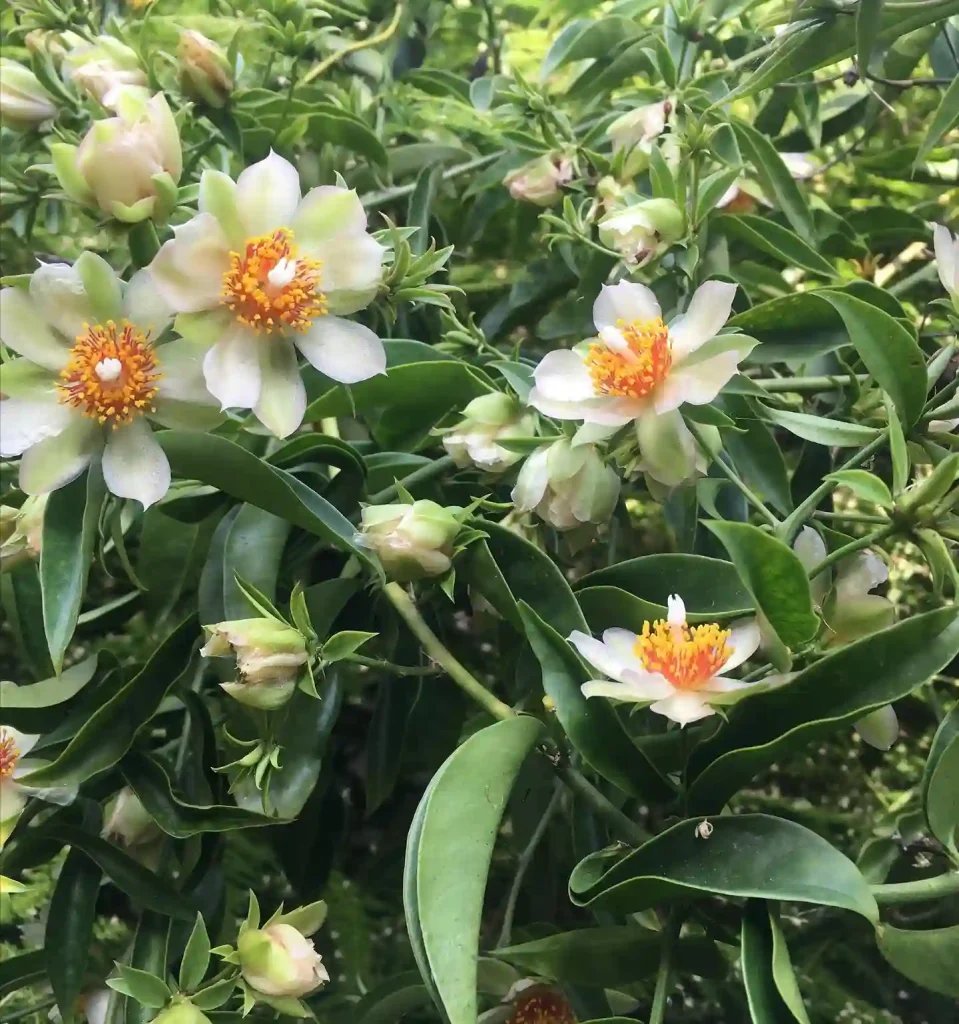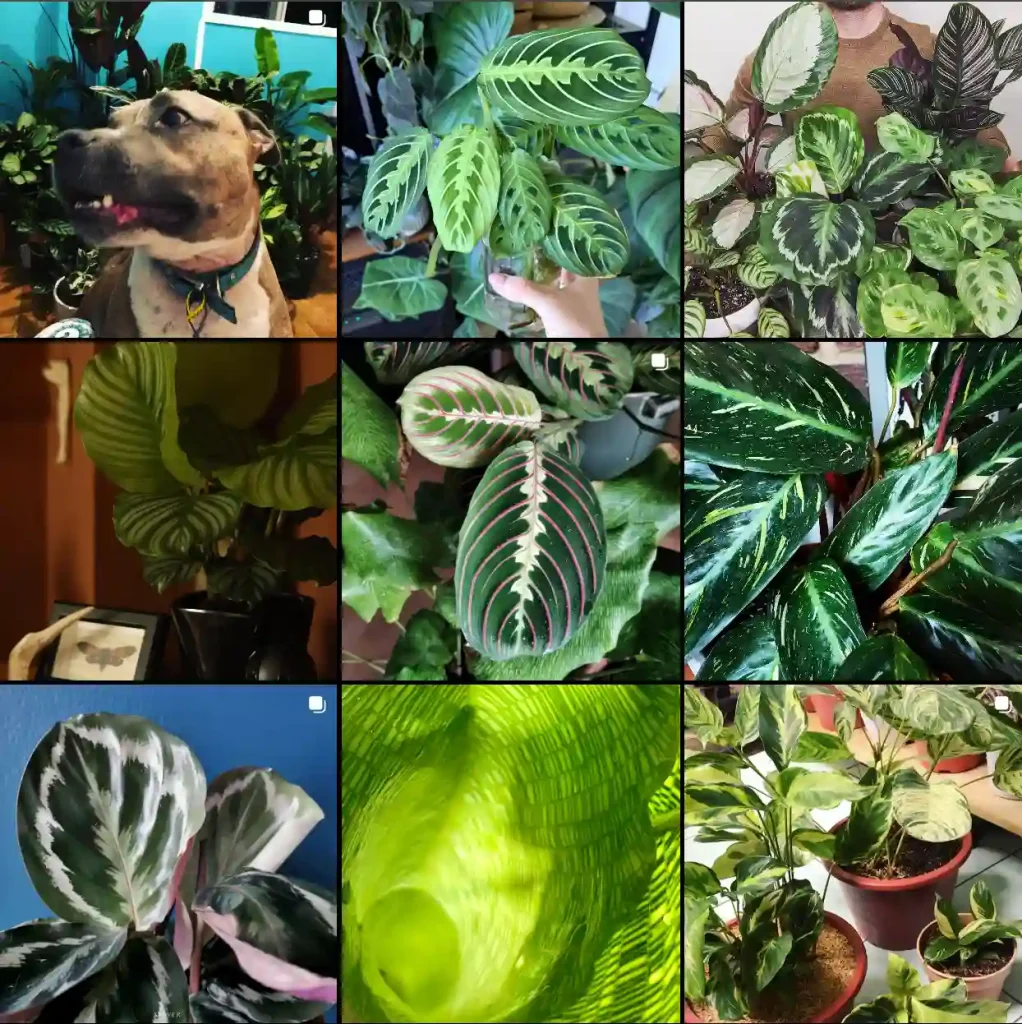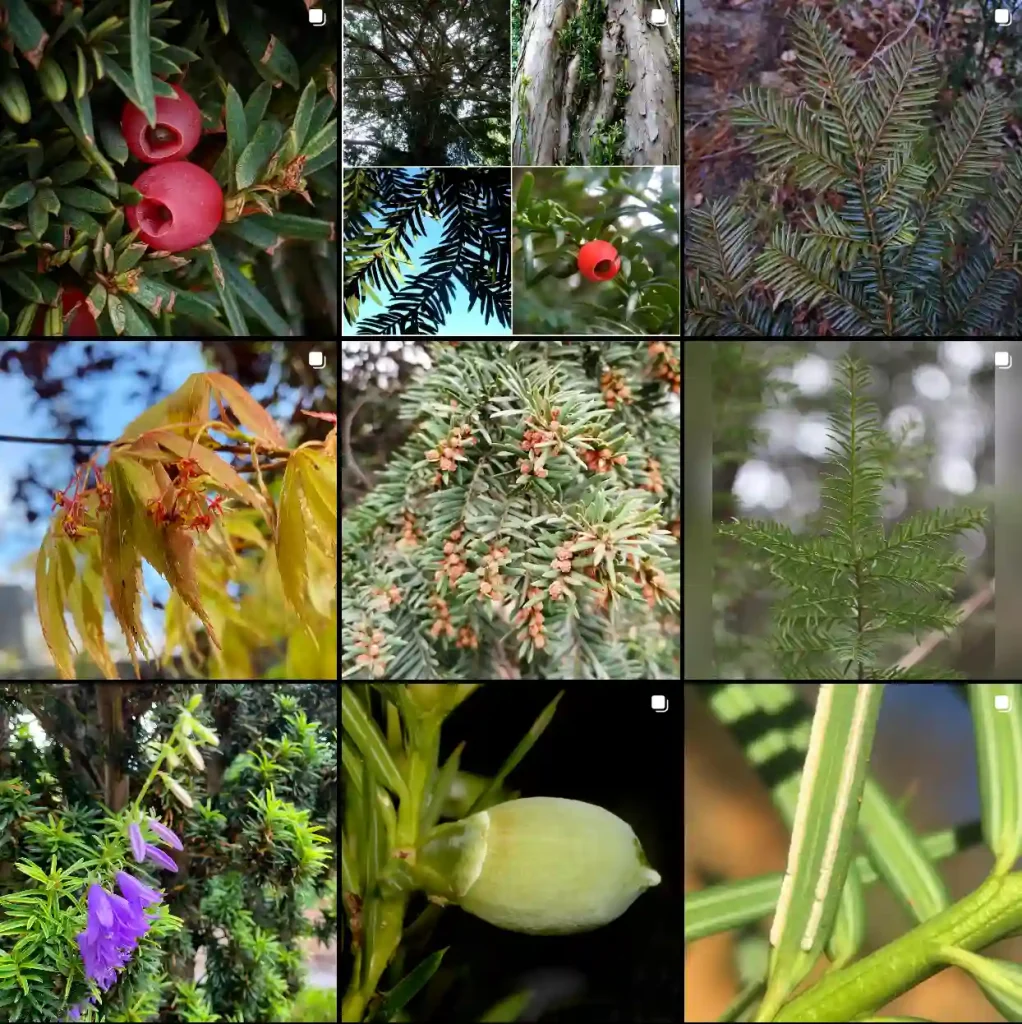FAQs About Malva Neglecta
As a plant enthusiast, I’ve found Malva Neglecta to be a fascinating topic. Whether you’re trying to identify it, manage its growth, or simply curious about its characteristics, here are some answers to common questions about this plant.
62 Species in Genus Malva
What Is Malva Neglecta?
Malva Neglecta, commonly known as Dwarf Mallow or Common Mallow, is a hardy, low-growing herbaceous plant. It is often found in gardens, lawns, and wild areas, and is recognized by its round leaves and pink or purple flowers. It’s a member of the Malvaceae family, which also includes hibiscus and hollyhocks.
How Can I Be Sure It Is Malva Neglecta?
Identifying Malva Neglecta can be a bit tricky if you’re not familiar with its features. Look for these key characteristics:
- Leaves: The leaves are generally round or kidney-shaped with serrated edges. They have a distinct, soft texture.
- Flowers: The flowers are small, pink or purple, and are typically found in clusters.
- Growth Habit: This plant tends to spread low to the ground, forming a dense mat.
If you’re still unsure, comparing it with other similar plants or consulting a local plant expert might help.
Malva Neglecta vs Malva Parviflora
Malva Neglecta is often confused with Malva Parviflora, also known as Small-flowered Mallow. Here are some distinguishing features:
- Size: Malva Neglecta generally has larger leaves and flowers compared to Malva Parviflora.
- Flower Color: Malva Parviflora’s flowers are usually smaller and can range from white to pale pink.
- Leaf Shape: The leaves of Malva Neglecta are more rounded, while Malva Parviflora has more variable leaf shapes.
Understanding these differences can help you identify which plant you’re dealing with.
Can You Propagate Malva Neglecta?
Yes, you can propagate Malva Neglecta quite easily. Here are a few methods:
- Seed Propagation: Collect seeds from mature plants and sow them in a well-draining soil mix. Keep the soil moist until the seeds germinate.
- Division: In spring or early fall, you can divide mature plants and replant the divisions to start new plants.
This plant is known for its resilience and ability to thrive from seeds or divisions.
How to Care for Malva Neglecta
Caring for Malva Neglecta involves:
- Sunlight: It prefers full sun but can tolerate partial shade.
- Watering: Regular watering is important, especially during dry periods. However, avoid waterlogging.
- Soil: Well-draining soil is essential. Adding compost can help improve soil quality.
Is Malva Neglecta Toxic?
Malva Neglecta is not toxic to humans or pets. It is generally considered safe to handle and grow around children and animals.
How to Get Rid of Malva Neglecta?
If Malva Neglecta becomes invasive or unwanted, here are some strategies:
- Manual Removal: Pulling the plants out by hand is effective, especially before they set seed. Make sure to remove the roots to prevent regrowth.
- Mulching: Applying a thick layer of mulch can suppress its growth by blocking sunlight and preventing seed germination.
- Herbicides: For larger infestations, using a targeted herbicide may be necessary. Ensure the herbicide is appropriate for the specific type of weed.
What’s the Best Weed Killer for Malva Neglecta?
The best weed killers for Malva Neglecta are those that target broadleaf weeds. Look for products containing glyphosate or selective herbicides that won’t harm other plants. Always follow the manufacturer’s instructions and safety precautions.
What to Plant With Malva Neglecta?
Malva Neglecta can be combined with other low-growing plants that have similar care requirements. Consider planting it with:
- Low-growing ground covers: Such as Creeping Thyme or Creeping Jenny.
- Companion flowers: Like Marigolds or Petunias, which can complement its appearance and help with pest control.
Common Problems with Malva Neglecta
Some common issues include:
- Weediness: It can spread rapidly and become invasive in garden settings.
- Pests: Watch out for aphids and spider mites, which can sometimes infest the plant.
Can You Grow Malva Neglecta Indoors?
Malva Neglecta is best suited for outdoor environments. It requires ample sunlight and space to grow, which can be challenging to provide indoors. However, with the right conditions and care, it might be possible to grow it indoors temporarily.
Benefits of Growing Malva Neglecta
Despite its weed-like tendencies, Malva Neglecta has several benefits:
- Attractive Flowers: Adds a touch of color to your garden.
- Ground Cover: Helps to prevent soil erosion and reduce weeds.
By understanding and managing Malva Neglecta, you can better appreciate its role in your garden or landscape. Whether you’re trying to propagate it, manage its spread, or distinguish it from similar plants, these insights should help guide you.
If i die, water my plants!



